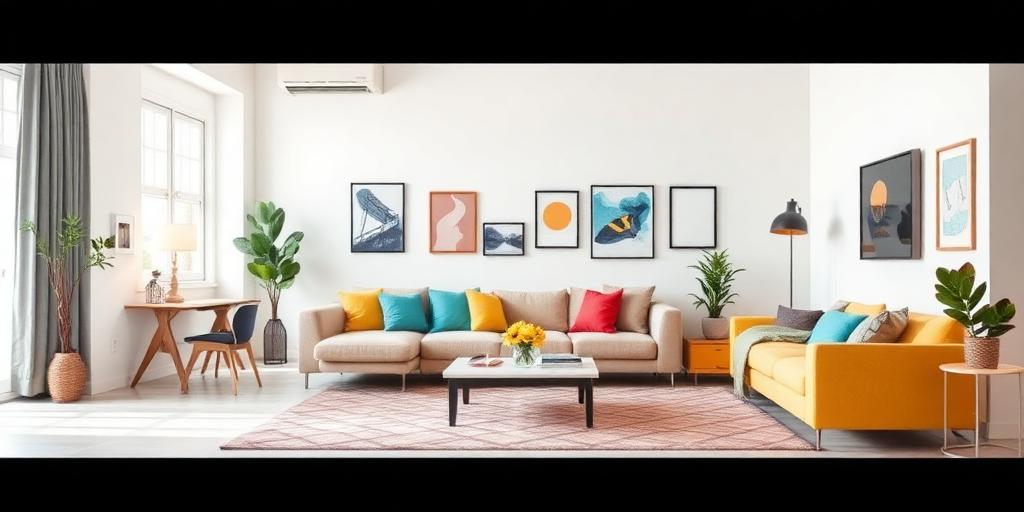The Rise of Multi-Functional Living Spaces
In today's world, where space is often a premium, the trend of creating multi-functional living spaces is gaining significant traction. This approach to interior design focuses on maximizing the utility of a single room or area by incorporating elements that allow it to serve multiple purposes. Let's delve into the reasons behind this trend, the key strategies involved, and some inspiring examples.
Why Multi-Functional Spaces?
Several factors contribute to the growing popularity of multi-functional living spaces:
- Urbanization: As more people move to cities, living spaces tend to become smaller. Multi-functional design helps make the most of limited square footage.
- Cost Savings: Combining functions within a single area can reduce the need for larger homes or additional rooms, leading to potential cost savings.
- Sustainability: Efficient use of space aligns with sustainable living principles by minimizing resource consumption.
- Flexibility: Multi-functional spaces adapt to changing needs, accommodating work, leisure, and social activities within the same environment.
Key Strategies for Creating Multi-Functional Spaces
Effective multi-functional design requires careful planning and thoughtful execution. Here are some key strategies to consider:
- Convertible Furniture:
- Sofa Beds: Ideal for transforming a living room into a guest room.
- Folding Tables: Perfect for dining or work, and easily stowed away when not in use.
- Ottomans with Storage: Provide seating, footrests, and hidden storage.
- Zoning:
- Visual Separation: Use rugs, screens, or plants to define different zones within a room.
- Varying Heights: Employ different levels of furniture or platforms to create distinct areas.
- Color Coding: Use different color schemes to differentiate zones.
- Vertical Space Utilization:
- Shelving Units: Maximize storage and display options.
- Wall-Mounted Desks: Save floor space and provide a dedicated workspace.
- Loft Beds: Create extra living space underneath.
- Hidden Storage:
- Under-Bed Storage: Utilize the space beneath beds for storing clothes, linens, or other items.
- Built-In Cabinets: Integrate storage seamlessly into walls or furniture.
- Hollow Furniture: Choose furniture pieces with hidden compartments.
Examples of Multi-Functional Spaces
To illustrate the concept, here are a few examples of how multi-functional design can be implemented:
- Home Office/Guest Room: A room that serves as a workspace during the day can be quickly converted into a comfortable guest room with a sofa bed and thoughtful storage solutions.
- Living Room/Dining Room: An open-concept space can accommodate both living and dining areas, with a folding table that can be expanded for meals and then stored away to create more living space.
- Bedroom/Living Room: In studio apartments, a bedroom area can double as a living room with a loft bed and a cozy seating area underneath.
Conclusion
The trend of creating multi-functional living spaces is a response to the evolving needs of modern lifestyles. By employing clever design strategies and innovative furniture solutions, it's possible to maximize the utility of any space, creating environments that are both functional and aesthetically pleasing. As urbanization continues and space remains a valuable commodity, this design approach will likely become even more prevalent.









